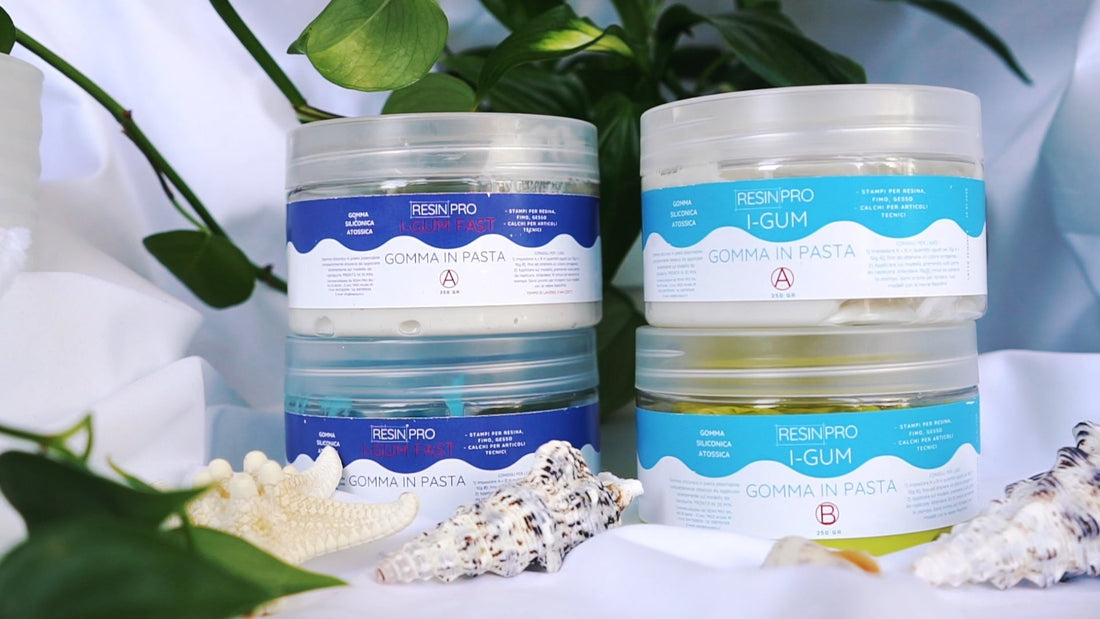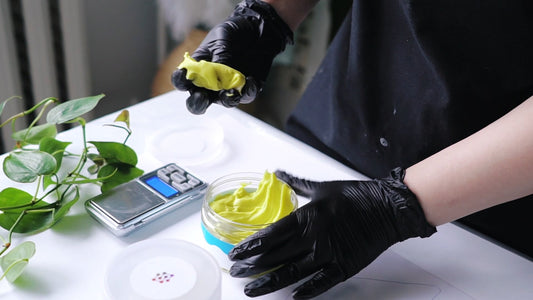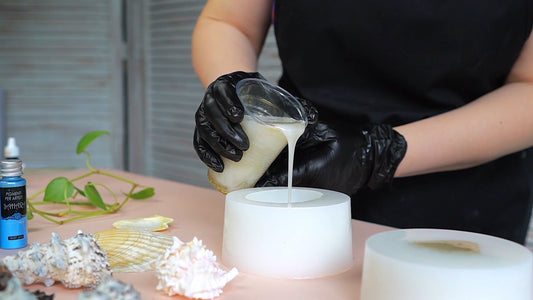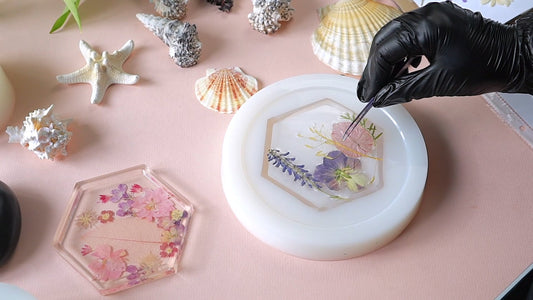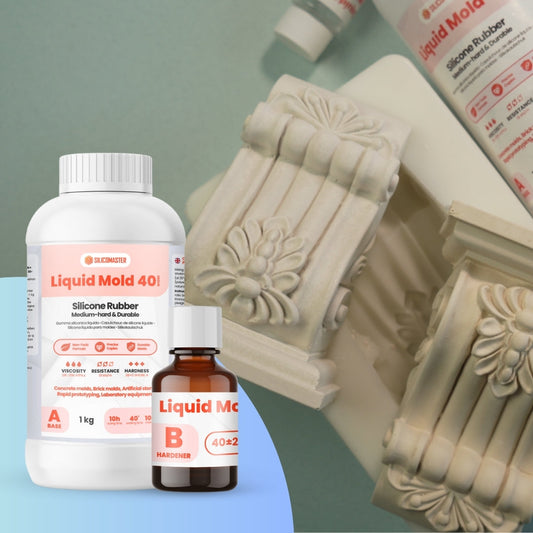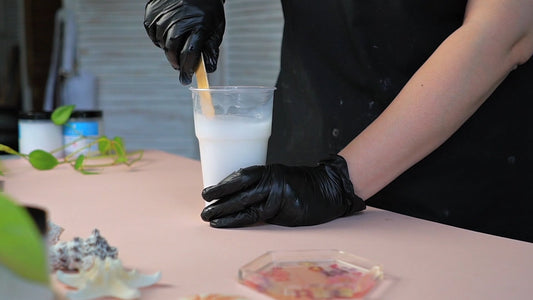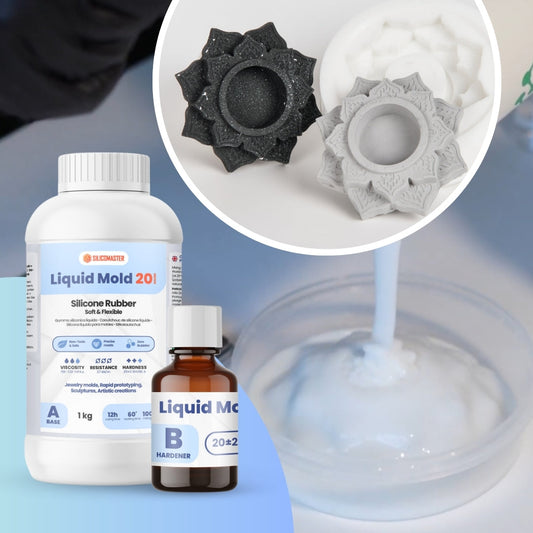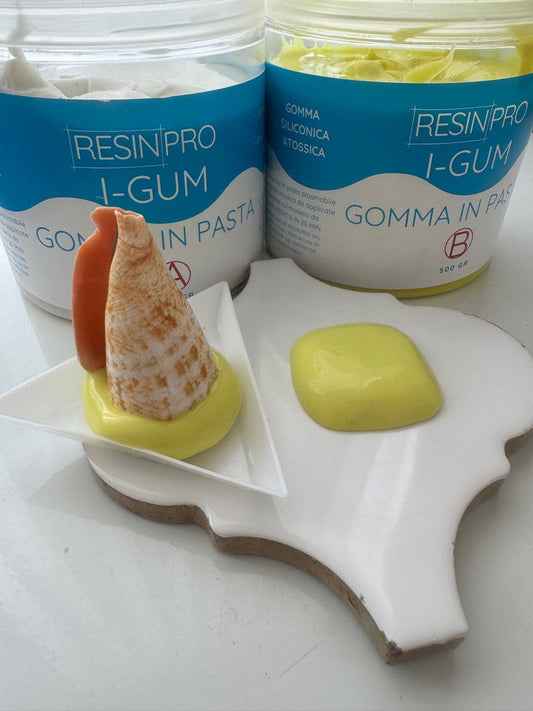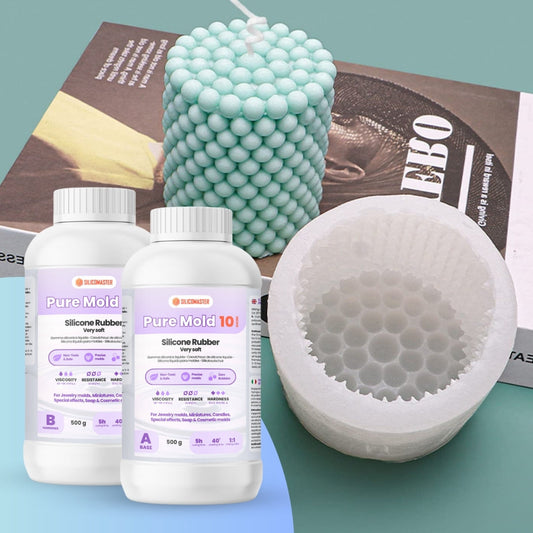🧩 Step 1: Choose the Right Object
Start by selecting a small, solid object with well-defined surface details.
The more texture it has, the better your final mould will be.
Remember: silicone putty works best with items that aren’t too large or bulky.
🧼 Step 2: Prepare the Object
Clean the object thoroughly to remove any dust or grease before applying the silicone.
If the surface is porous (like wood or cardboard), apply a release agent to make demoulding easier and prevent damage.
✋ Step 3: Apply the Silicone Putty
Use your fingers or a spatula to press the putty gently into all the details.
Make sure the object is fully covered to create an even mould.
The dense yet pliable texture of the putty allows for precise manual work.
⏱️ Step 4: Let It Cure
Curing time varies by brand, but in general, silicone putty sets in 5–10 minutes.
A little patience here ensures a flexible and durable mould.
🧽 Step 5: Carefully Demould
Once fully cured, gently peel the mould away from one side.
You’ll find your homemade mould captures amazing detail — ideal for jewellery, textures, miniatures, and decorative pieces.
🎯 What Are Silicone Putty Moulds Used For?
Quick silicone putty moulds are great for craft projects requiring detail without complex setups.
Perfect for resin, soaps, wax, or replicating natural textures on other materials.
✅ Final Tips for Using Silicone Putty
-
Avoid very large or deep objects
-
Always prep the surface first
-
Wear gloves to keep hands clean
-
Save a small piece of mixed putty for touch-ups or repairs
✨ Ready to try it?
Save this step-by-step guide for your next project!
Let me know in the comments: what would you like to mould with silicone putty?

